Traditional Chinese Medicine (TCM) and acupuncture employ a paradigm that uses the concept of Qi, or vital energy, traveling along defined pathways called meridians to both explain and treat disease and to restore harmonious, healthy body function. Qi can not be measured by standard western means and there are no corresponding anatomical structures to explain the meridians.
That said, in the 1940’s Dr. Reinhardt Voll discovered that electrical resistance on human skin is not homogenous and that meridians exist all over the body. These may be demonstrated as electrical fields and measured using an ohmmeter-like instrument. Within the next decade, Voll learned that the body had at least 1000 points of discontinuous resistance on the skin which follow the 12 lines of the classical Chinese meridians.[sup]1[/sup] This was the first scientific evidence that the theories and practice of classical TCM were more than mere myth and tradition.
Given the ever increasing evidence of the effectiveness of TCM in treating a variety of disorders (the WHO’s review and analysis of controlled clinical trials involving acupuncture lists 293 such studies) a conundrum exists among those trained by the scientific method of Western medicine, namely just how does TCM actually work? Several theories have been postulated including:
The Gate Control theory
Put forth by Wall and Melzak in 1959, Gate Control states that the transmission of nerve impulses from afferent fibers to spinal cord transmission cells is modulated by a spinal-gating mechanism in the part of the spine referred to as the dorsal horn. The spinal-gating mechanism is influenced by the relative amount of activity in large-diameter and small-diameter fibers. Activity in large fibers tends to inhibit transmission (close the gate) while small-fiber activity tends to facilitate transmission (open the gate).[sup]2[/sup] It is considered that by increasing activity in the large fibers through needling, acupuncture activates receptors that inhibit the transmission of nociceptive signals in the dorsal horn thus “shutting the gate” for pain stimuli – and offering a means of pain control.
Blood Chemistry theory
Acupuncture can affect blood chemistry through blood concentrations of triglycerides, cholesterol, and phospholipids. Numerous examples reveal that the regulatory action of acupuncture is bi-directional.[sup]3[/sup] Acupuncture lowers the blood pressure in patients with hypertension and elevates it in patients with hypotension; increases gastric secretion in patients with hypoacidity, and lowers it with those suffering from hyperacidity. Although the results are amply documented, the exact mechanism for this is still unclear.
Neurotransmitter theory
Certain neurotransmitter levels (such as Seratonin and Noradrenaline) are affected by acupuncture. By stimulating neural pathways, acupuncture affects higher brain areas, stimulating the secretion of beta-endorphins and enkephalins in the brain and spinal cord. The release of these neurotransmitters influences both the immune system and the antinociceptive system involved in gate theory.
Autonomic Nervous System theory
Acupuncture stimulates the release of norepinephrine, acetylcholine and several types of opioids, affecting changes in their turnover rate, normalizing the autonomic nervous system, and reducing pain.
Vascular-interstitial theory
Acupuncture manipulates the electrical system of the body by creating or enhancing closed-circuit transport in tissues. This facilitates healing by allowing the transfer of material and electrical energy between normal and injured tissues. This theory fits well with the findings of electro-galvanic skin resistance differentials at acupuncture points.
All these theories go far in explaining–in western medical terms–the various biological processes by which acupuncture affects bodily functions within biophysical systems.
As more research is conducted we are confident that precise mechanisms that instigate these biological processes by the insertion of needles will be better understood and universally accepted.
Diane Shepard is a licensed acupuncturist with a Ph.D. in Oriental Medicine. Dr. Sheppard trained in both China and the U.S and recently opened AcQPoint Wellness Center in La Quinta. 760-775-7900 www.AcQPoint.com
Resource: 1) Voll R. New Electroacupuncture (EAV) measurement points for various eye structures. Amer. Journal of Acupuncture. March 1979. 2) Robert Melzak, Pain Forum, The Official Journal Of The American Pain Society, Vol 5, pp 138-158, 1996. 3) Acupuncture: Review And Analysis Of Reports On Controlled Clinical Trials, World Health Organization, 1997






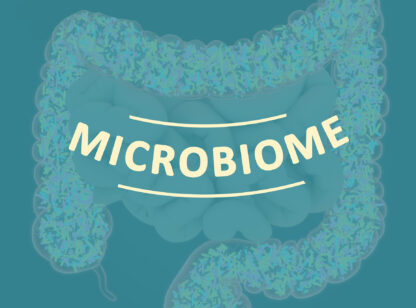
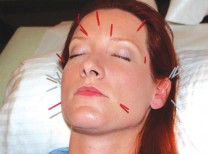



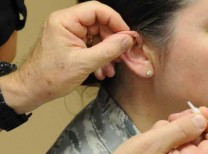
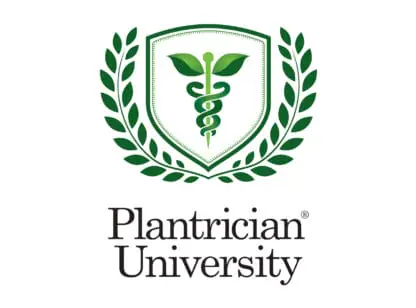
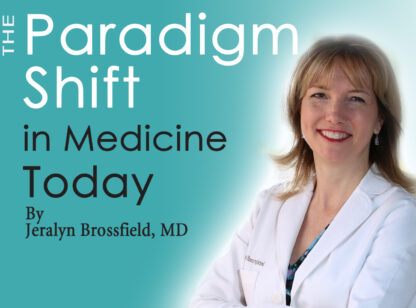





























Comments (0)